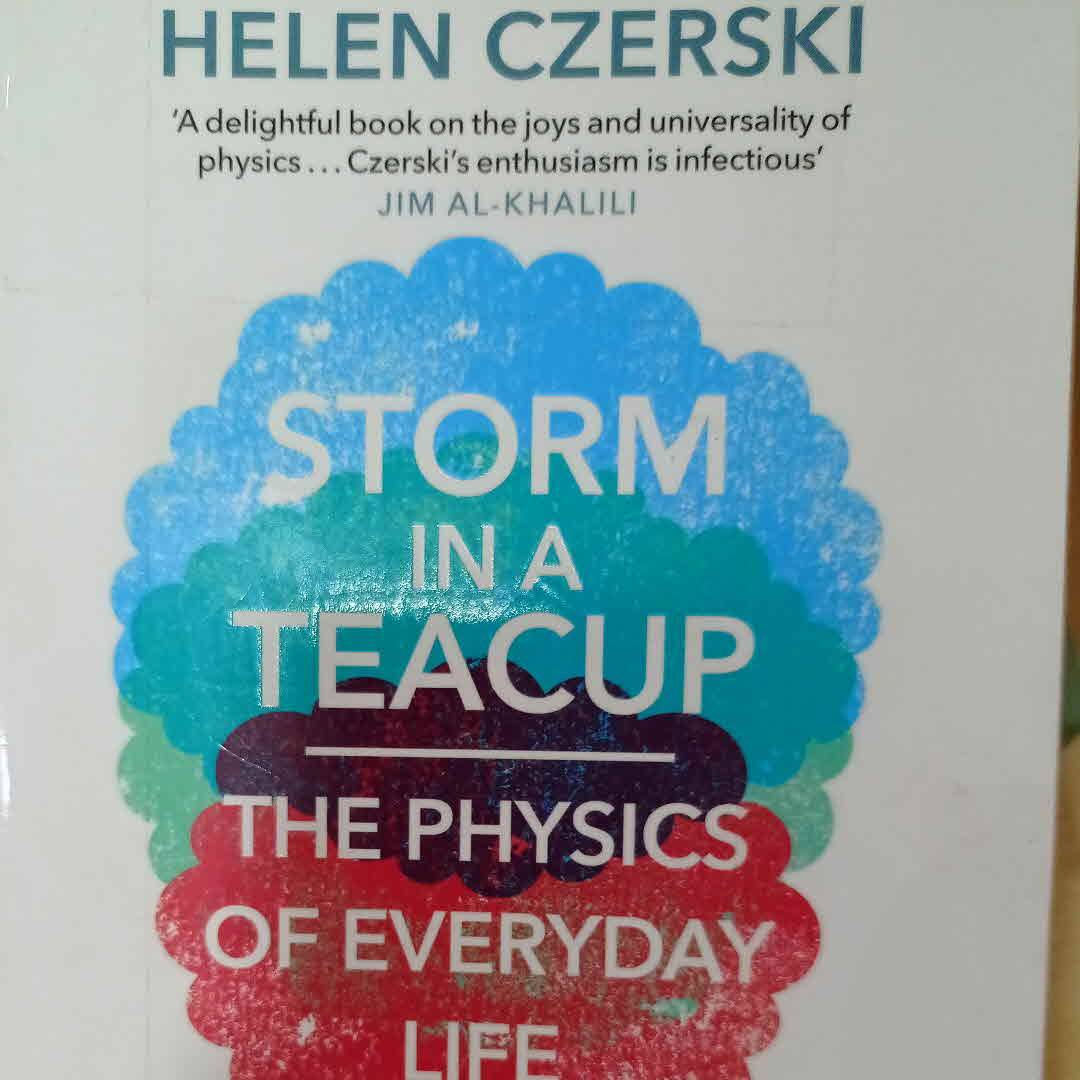
It says in the title 'physics for everyday life'. Delivered the message as promised.
Better than a simple science book. Interesting read.

It says in the title 'physics for everyday life'. Delivered the message as promised.
Better than a simple science book. Interesting read.
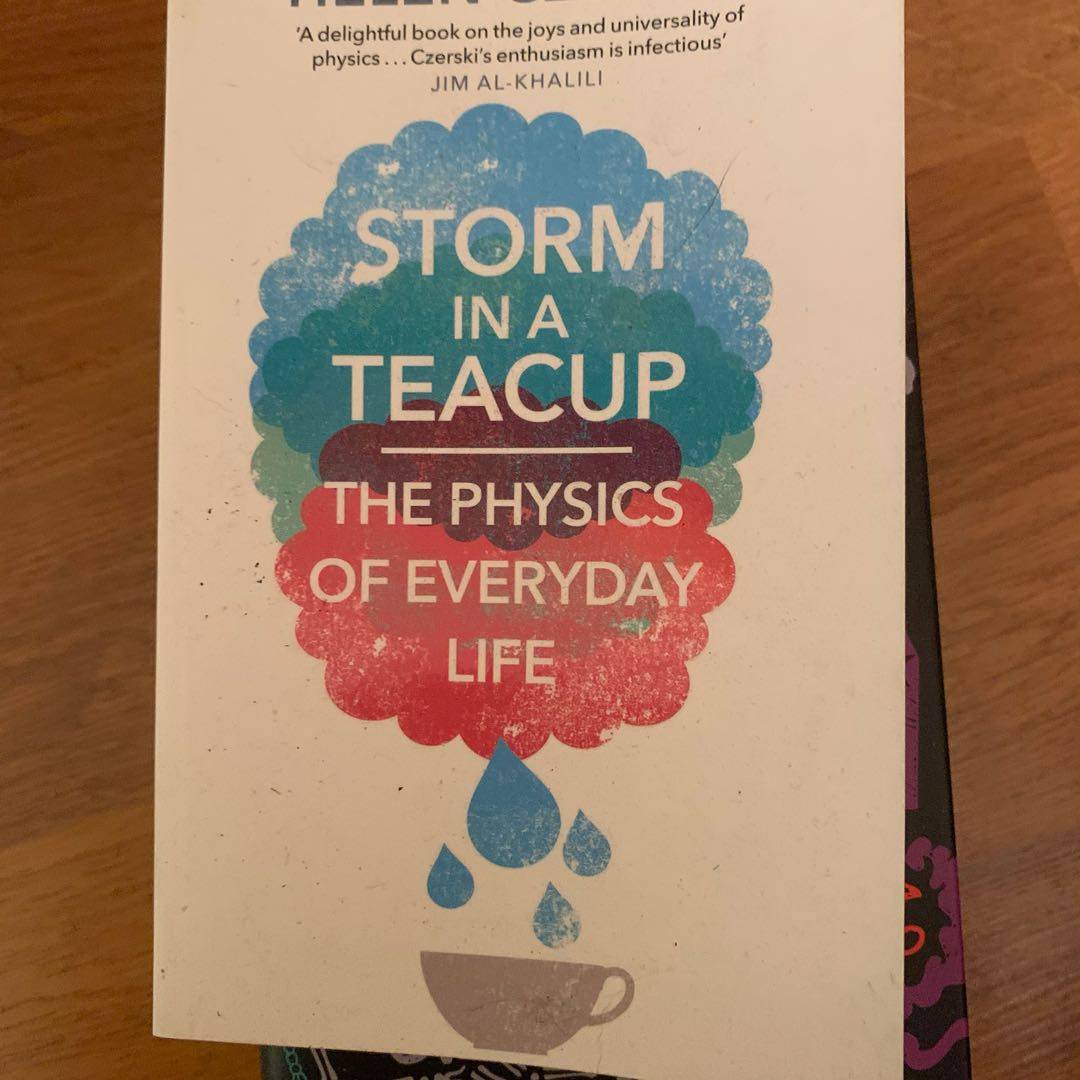
I am posting one book per day from my extensive to-be-read collection. No description and providing no reason for wanting to read it, I just do. Some will be old, some will be new. Don‘t judge me - I have a lot of books. Join the fun if you want.
This is day 121
#BooksToRead #TBRPile #TBRMountain
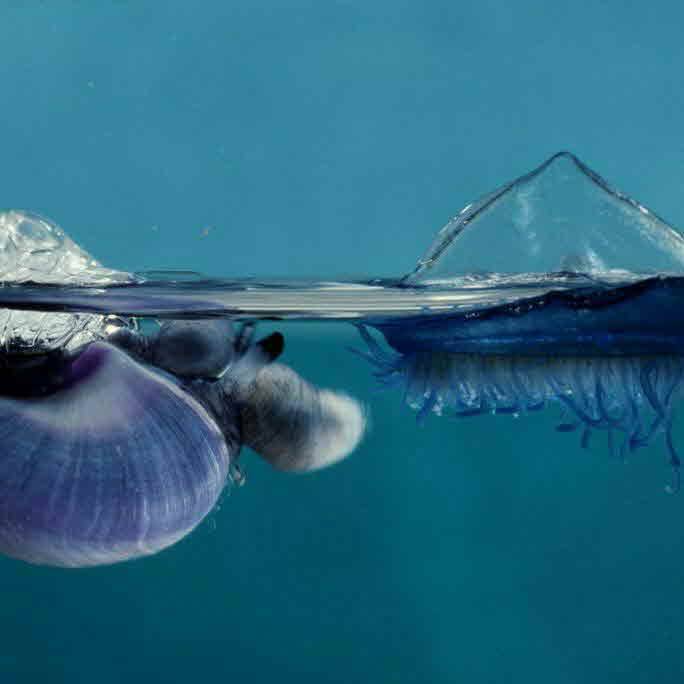
On gravitational pull and buoyancy : "Janthina janthina, the descendant of the first snails that got lost in space, ... build themselves a large bubble raft, often bigger than themselves, to ensure that their total density is always less than the seawater they're in. So they always float, upside down (bubble raft up, shell beneath), preying on passing jellyfish. "
More science learning for #booked2021 and photo from Google.

It's been estimated that the average candle flame produces 1.5 million nanodiamonds each second.
What?! 💎💎💎
(Googled it to be sure, and this was one of the images)
Learning lots for my #booked2021, non-fiction science written by a woman pick!
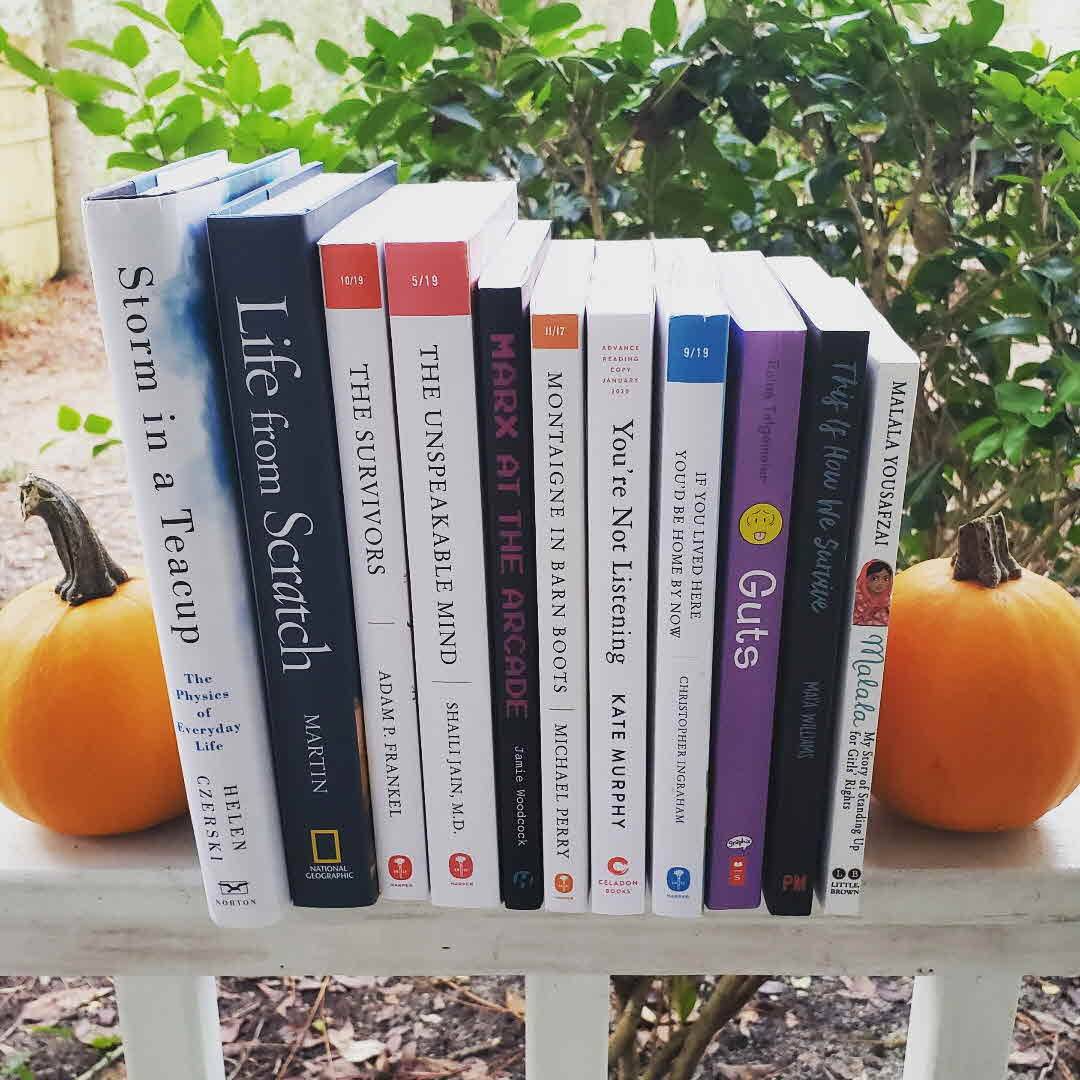
#NonficNov 1 - TBR 📚
Here's my stack of possibilities (because I'm a total mood reader) for #nonfictionnovember! I gathered up all the #nonfiction in the house that I've been wanting to read but haven't gotten around to.

You should read this!
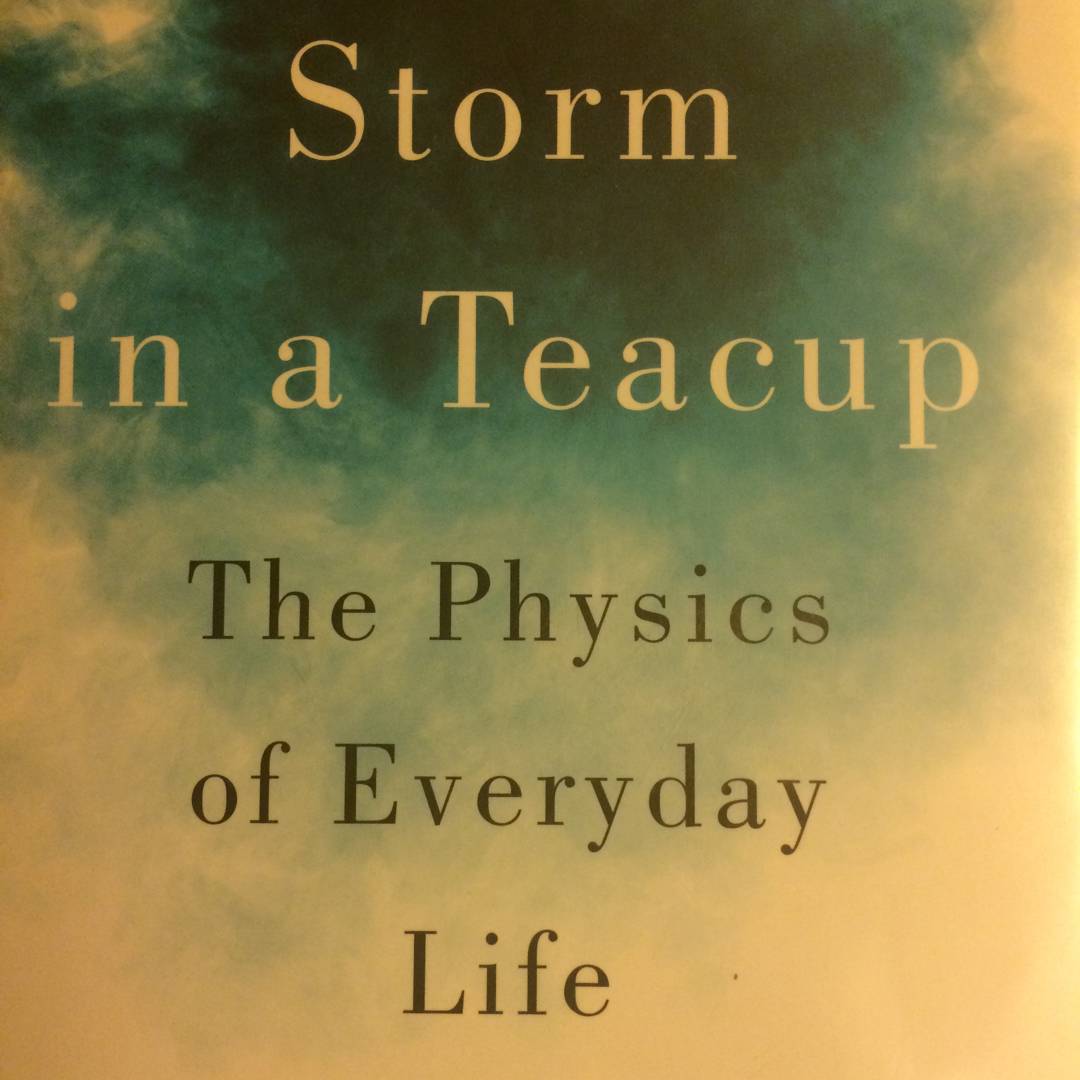
We would have many more people loving physics if this book was used in schools in lieu of textbooks. I absolutely loved how Czerski would take a simple, everyday item, explain the science that makes it work (popcorn, toasters, ketchup, towels), meander through other principles in an engaging manner to lead to explaining wind turbines, Second Law of Thermodynamics, Boyle‘s Law, cell phones, etc using anecdotes. Great book!
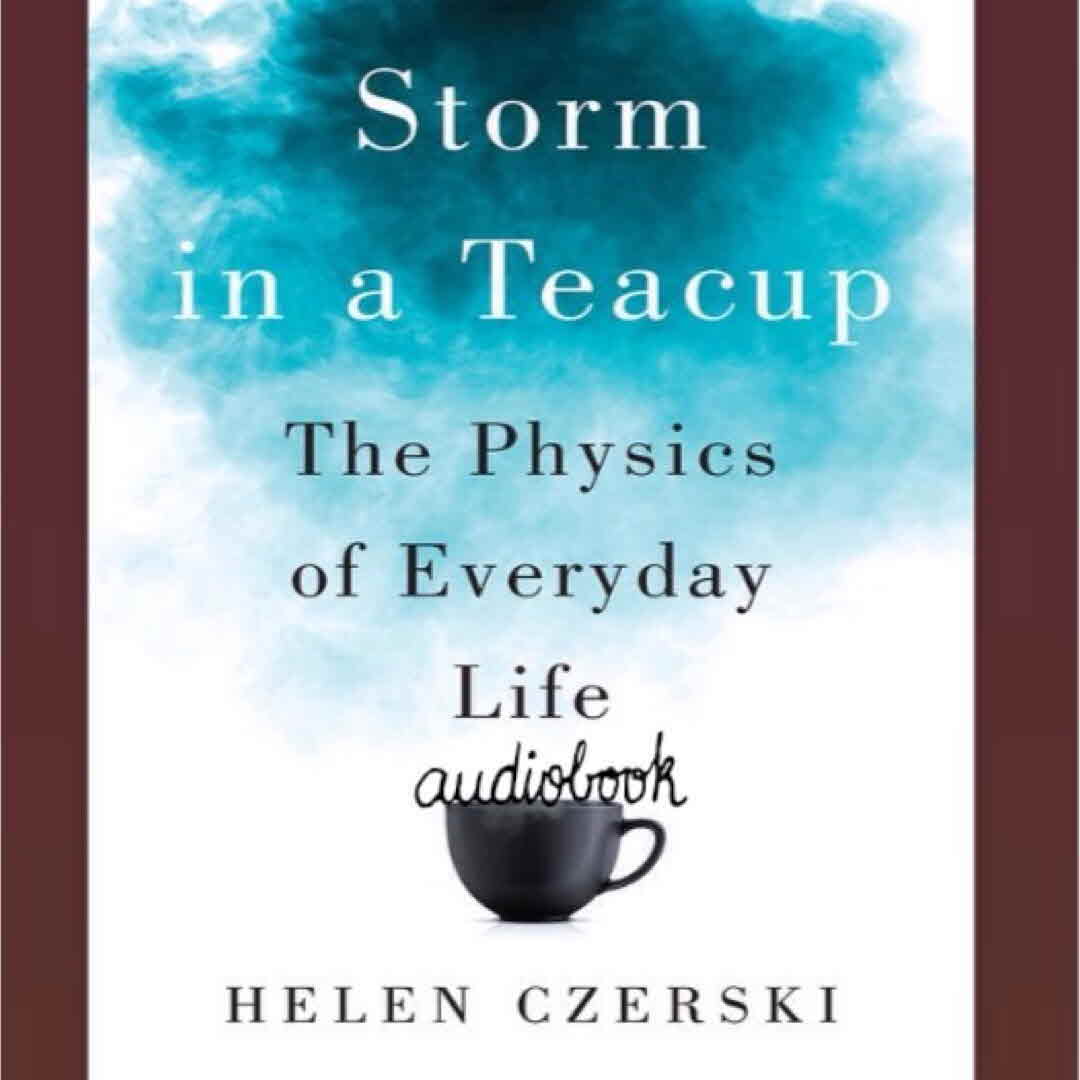
I feel as smart as can be after listening to this audiobook narrated by Chloe Massey. 😊
Czerski deftly uses ordinary things - spilled coffee, ketchup bottles - to illuminate big concepts. Learn why your toast will always land butter-side down, and why ducks don't get cold feet when they walk on ice. Awesome science for regular folk.
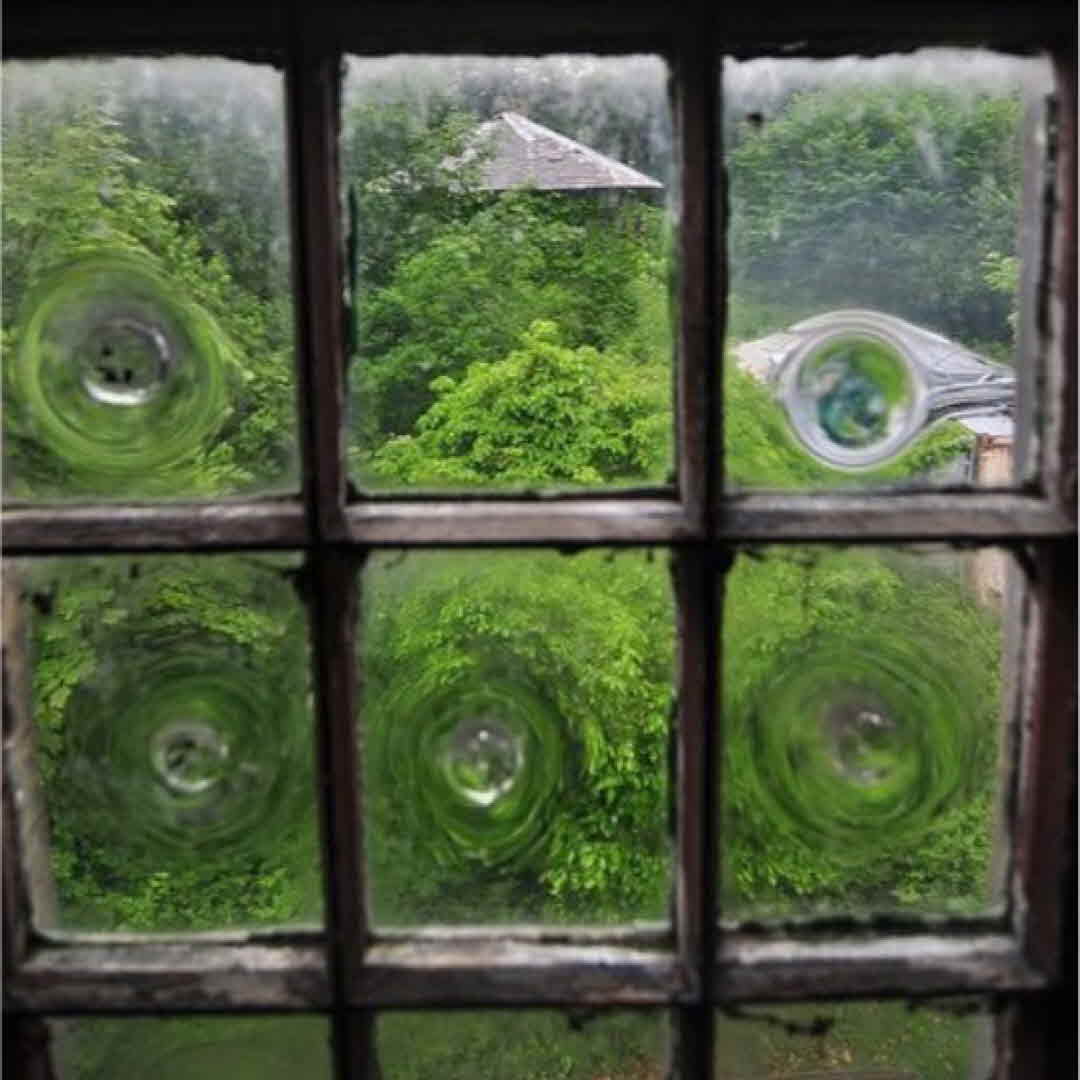
It has sometimes been said that the reason that 300-year-old windows are thicker at the bottom than the top is because the glass has flowed downward over time. This isn't true; window glass isn't a liquid and it isn't flowing anywhere. It's because these window panes were made using an incredibly ingenious method.
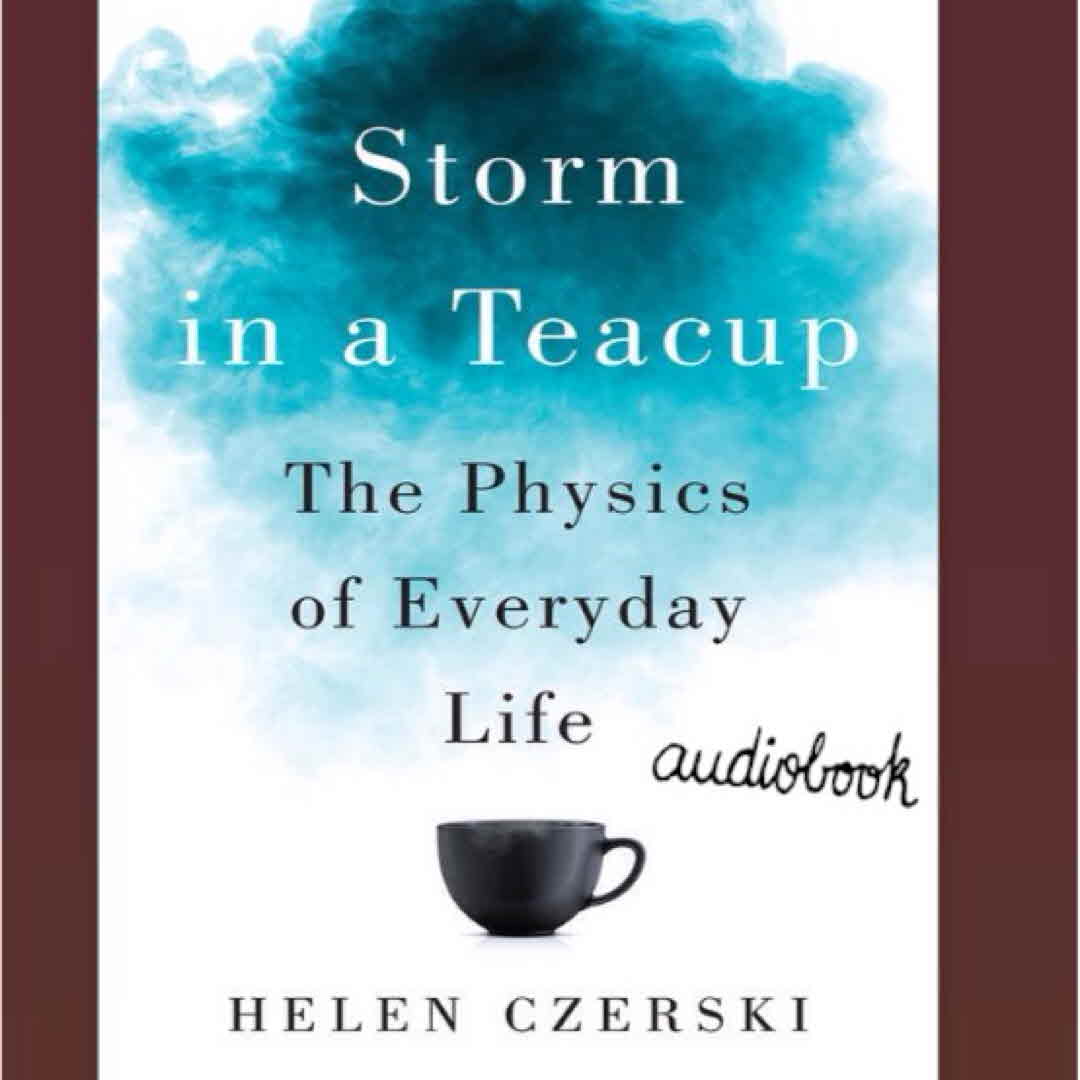
I find myself stopping and rewinding too often this morning; a sign that it's time to switch from physics to a podcast instead.